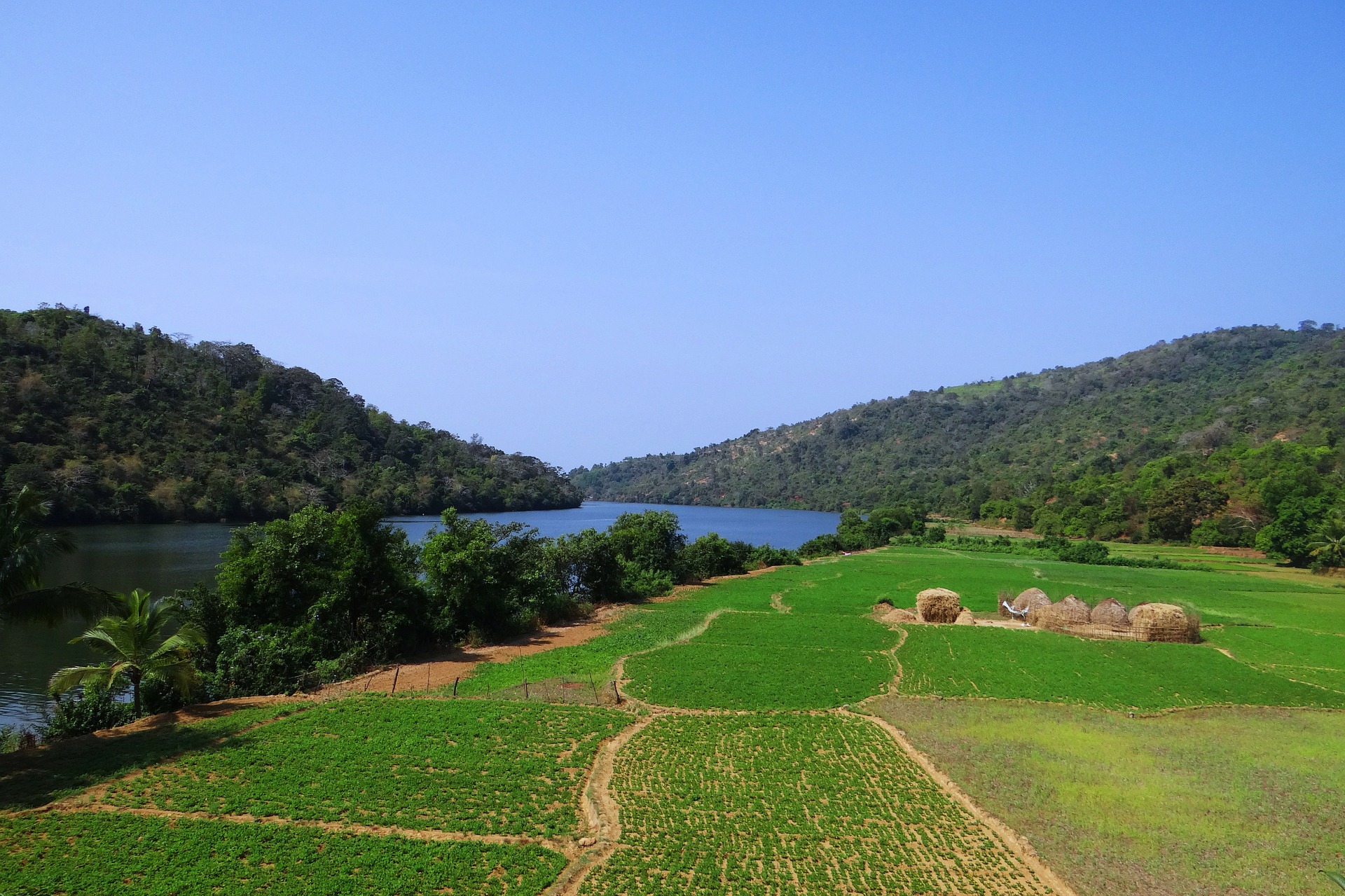A swale is defined as a low-lying or depressed and often wet stretch of land. You can think of it as a wide ditch that is on contour with the land, acts as a rain catch, and decreases run-off. A swale can be deep or shallow, or even hidden under gravel or mulched paths. Unlike an irrigation ditch though, a swale does not direct water, but instead allows the water to sink in. This, in effect, boosts moisture in the soil, especially down slope from the swale.
Swales create underground reservoirs, or lenses, of water that can help surrounding areas weather droughts. Crops that are grown down slope from swales often need no extra irrigation. Swales also work to collect eroded soil, and prevent gully formations and washouts.
Trees that are planted on the down slope or bank side of swales greatly benefit from the extra moisture content. Trees also prevent waterlogging of swales in moist areas, prevent salt build up in arid areas, and also further prevent slope erosion.
How do you build a swale?
For a small garden area it is easy to build or dig one by hand. You can either dig, on contour, a wide ditch and heap up the dug earth on the down slope side, or you can build heaped up materials on contour, which will form the swale on the up slope side. Materials that work well for building up include straw bales, rock piles, logs, cornstalks, or other brushy materials that take a while to break down. Sometimes it is most preferable to combine the two and build up a heap on the down slope side, then dig a shallow swale, heaping the soil on top of the brush material.
For larger areas, line up straw bales, driving a stake into each one to keep them in place. People have also had good success with planting rows of clumping grasses (think lemon grass) on contour. This will naturally slow down and retain the water, allowing it to sink in. Another good option for building a swale in a large area, if you have a tractor, is to use a single tine and rip along contour.
Spacing of swales should be roughly as follows: In areas with rainfall amounts around 40 inches space swales around 18 feet apart. In areas where rainfall is 15 inches or less spacing should be more like 50 feet apart.
If you have an area that could benefit from a swale, but there are many plants or other obstacles in the way, you can build what are called “Fishscale Swales”. These are basically smaller swales that are spread out up and down the slope, overlapping above and below the plants or structures.
This article was written by Emma O’Connell, Founder of Pick-A-Pepper.com
Similar Stories:
- ADAPTING YOUR POND TO CLIMATE CHANGE
- Sheet mulching
- Growing Figs In a Temperate Climate
- How To Build a Cold-Frame at Home
- Winter gardening things you should not overlook




